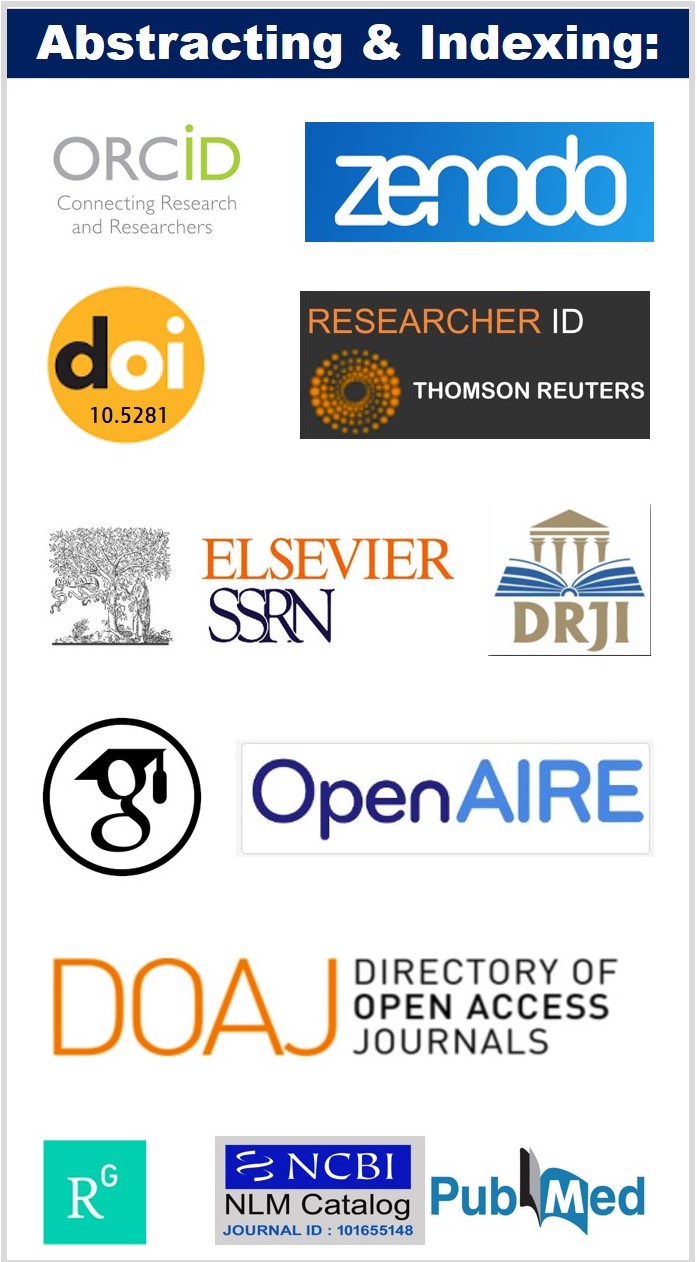Original Research Article I Volume 9 I Issue 3 I 2022
A study of the Environmental Attitude and Teaching Practices of Secondary School Teachers in Mahabubnagar District
M. Govinda Raju
Biolife; 2020, 9(3), pp 1-5
DOI:https://doi.org/10.5281/zenodo.7407900
Abstract:
The purpose was through multivariate analysis, to examine Secondary School Teachers’ environmental attitude and teaching practices in relation to selected environmental data. Participants were male and female secondary school teachers with teaching experience of 0-5, 6-15 and above 15 years in the subjects Arts/Social or Science, working in different sectors such as government, Zillaparishad and private schools, place of working is urban and rural, with their academic qualifications graduate and post-graduate. The data collected from the secondary school teachers are from erstwhile Mahabubnagar district. The basis of this investigation was the researchers’ argument that it is important for secondary school teachers have the environmental attitude and teaching practices at the secondary level. For this purpose the investigator has used questionnaire comprising of 50 statement with five point Likert scale to record their responses on the scale and another appendix is enclosed to find out the teaching practices of the secondary school teachers of the erstwhile Mahabubnagar with the five point scale of Likert with the positive and negative with 59 statements. The investigator administered and obtained the scores and analyzed the data where there exists significant different in the male and female and rural and urban secondary school teachers but not shown any significant difference. No significant results were established in the case of government, zillaparishad and private school secondary school teachers. The researchers argue that these findings are important because it is the teachers who will hopefully pass on the same message to students for the protection of the environment. The major objective of the study is to find out the 600 male and female secondary school teachers attitude and teaching practices towards the environmental education.Variables of the study are male and female as the independent and rural, urban, government, zillaparishad and private, urban , rural, academic qualifications such as graduate and post graduate, and the teaching experiences.Key words:Cyprinus carpio, Lesenta, Insecticide, Haematology, RBC, WBC, Hb.
Keywords:
Environment attitude, teaching practices, secondary school teachers.
References:
- Best J.W. (1963) Research in Education, Prenlie Hall International Ltd.
- R.C. Sharma (1998) A source book in environmental education of secondary school teachers.
- Agarwal, Anil and Narain, Sunita (1991), Global warming in an un-equal world. centre for Science and Environment, New Delhi.
- P.D. Sharma (2003) A Text Book on Ecology and Environment. Rastogi Publications, Meerut, India
- VErma, P.S. And Agarwal, V.K. (1993) : Environment Biology, S. Chand Publications, New Delhi.
- Karpagam .M (1991) : Environmental Economics and Environmental Policies, Sterling Publishers Private Limited.
- M.B. Buch : 5th Survey of Educational Research Vol I, NCERT, New Delhi,.
- B.P. Pal : Environmental conservation and development.
- Swapna Gurrapu and Estari Mamidala. In vitro HIV-Reverse Transcriptase Inhibition of
Andrographolide Isolatedfrom Andrographis Paniculata. European Journal of Biomedical
and Pharmaceutical Sciences. 2017. Volume 4, Issue 12. 516-522. - Indian Educational review, NCERT, New Delhi.
- TRilochan S. BakshiNaveh – Environmental Education Principles, Method and Applications Plenum press, New York &Londoy.
- Engene Vivian (1976) : A source Book for Environmental Education C.V. Mosby Company St. Louis.
Article Dates:
Received: 12 May 2021; Accepted: 21 July 2021; Published: 3 August 2021
How To Cite:
M. Govinda Raju. (2022). A study of the Environmental Attitude and Teaching Practices of Secondary School Teachers in MahabubnagarDistrict. Biolife, 9(3), 1–6. https://doi.org/10.5281/zenodo.7407900




